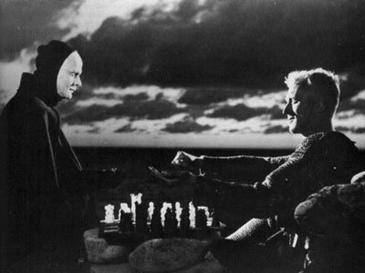Back in 2011, I noticed that some funeral offices in Sweden are very different from funeral offices in any other country I'm aware of. That is,
funeral offices here advertise their products: coffins, cremation urns, etc.
Another interesting thing is that funeral offices produce magazines. For four years now, we've been receiving, at home, magazines from funeral offices, at least biannually. The latest magazine just arrived a couple of days ago and is a special issue for the Christmas season. It is called memento:
 |
| Translation: Top left: from the funeral office. Title: The Nordic essence; mythical creatures from the graveyard. Bottom right: Price 70 Swedish Crowns (approximately 9.50 US dollars) |
So, I guess, we are lucky! We get the magazine for free and don't have to pay.
Let's take a look at what's inside. It advertises coffins of special elegance. A picture (bottom right) shows the craftsmanship going into the material on which the dead body will rest, while another picture (top right) shows a path converging to infinity (of presumably metaphysical/religious significance)--the interpretation is left open for the reader.
 |
| A new age coffin, the path to eternity, and craftsmanship of the coffin's velvet interior |
It also advertises
hearses, that is, automobiles carrying the coffin with the dead body to the burial place. This particular company prides itself in being "a new generation of building concepts" and, in addition, offers extra long hearses. As
this chart shows, Swedes are typically tall (and taller than in the past), so funeral offices with long hearses are doing better businesses. Interestingly, however, the taller a Swedish man is the less likely he will commit suicide,
according to this paper.
 |
| Translation: Extra long hearses have been designed to facilitate your working day. High comfort and smart solutions provide a good working environment |
The main story of the magazine is about mythical creatures that one can encounter in Swedish cemeteries. They look like this
They are called "
myling" and are ghosts of children who died before they had a chance to be baptized.
The magazine also contains an article about
death and art,
photographs from graveyards, and an article
about cancer
 |
| Death art |
 |
| A photographer who sees death all the time |
 |
| Dead bodies as art |
 |
Translation: Much remains even if the cancer is gone.
Interpretation: So be ready to die, we'll take care of you |
and an ad about a computer program, "eulogica", for managing death operations:
 |
| Software for the management of death operations |
|
Persons portrayed in this magazine often have their look of dead on their faces. This lady seems to be smiling at us in a very sinister manner
 |
| He he he ... |
while this one's face is almost grey (I don't know if the color can be accurately reproduced, but it's true--welcome to take a look at my copy of the funeral magazine), as if she's about to die or just resurrected from the dead, like Lazarus.
 |
| Translation: We help you [so that when you die you won't have to carry your own coffin] |
And, of course, since we're so close to the Festive Season, there is even a Santa Claus acting like everybody else around: typing away on his computer.
 |
| Translation: Merry Christmas and Happy New Year |
This time of the year, there is just darkness around. We never have sunlight (5 hours in total during November). And there are no lights either. Strangely enough, lots of public places dim their lights down when darkness hits. I don't go to restaurants because I have trouble reading the menu--it is so dark.In general, it feels as if we're playing along with
Bengt Ekerot in Ingmar Bergman's Seventh Seal:
 |
| If you ever wondered what Bergman's films mean, you haven't spent much time in Sweden |
Fortunately, nobody committed suicide this year (as opposed to last year) at the university.

















No comments:
Post a Comment